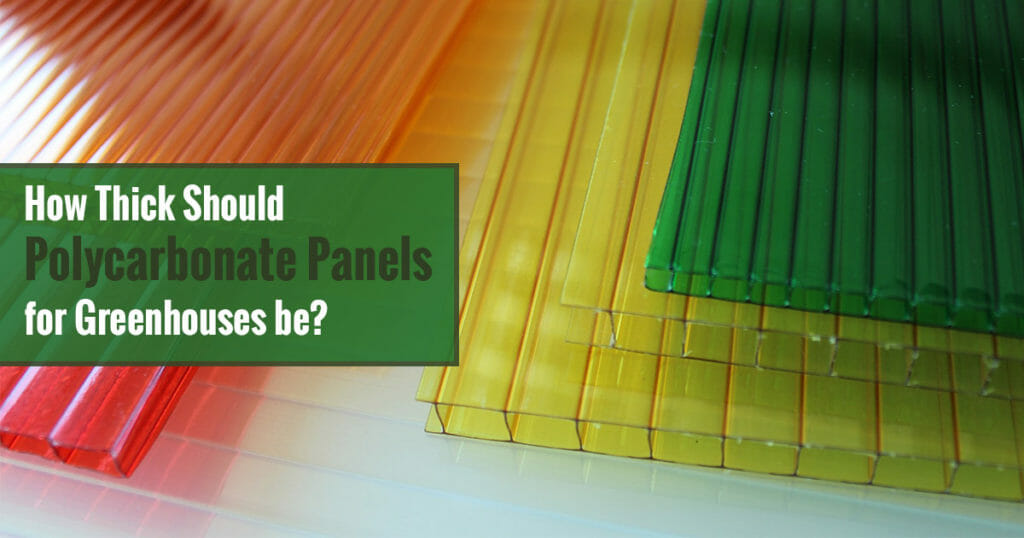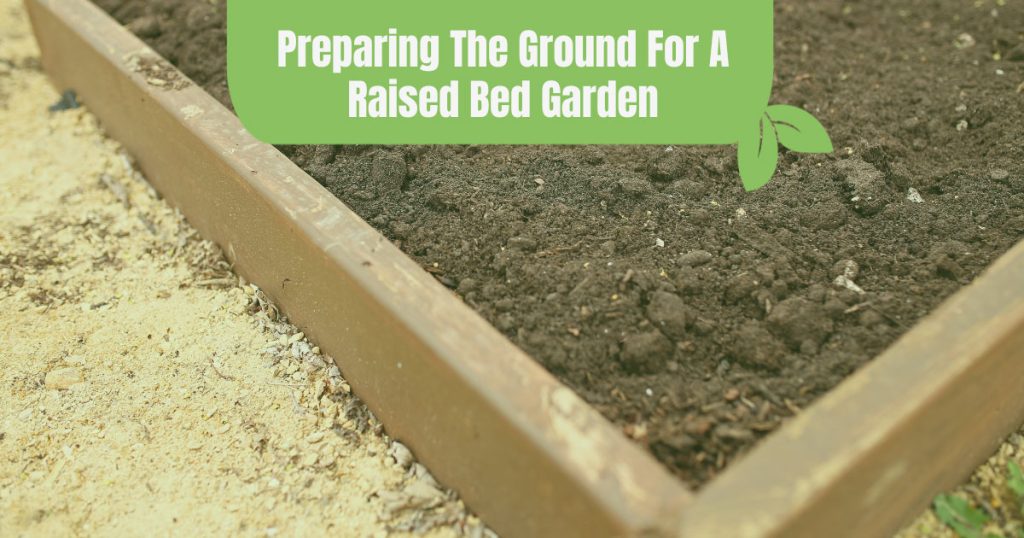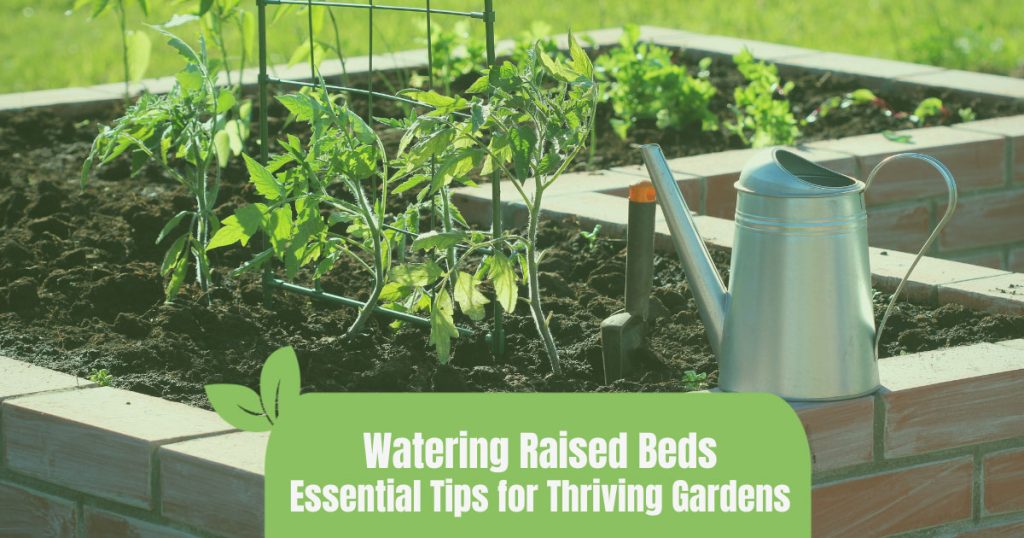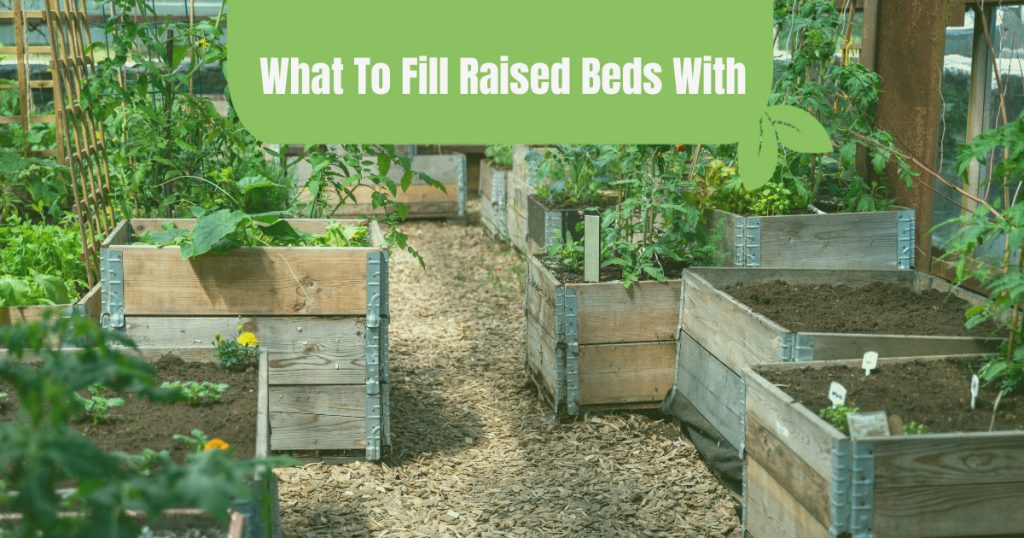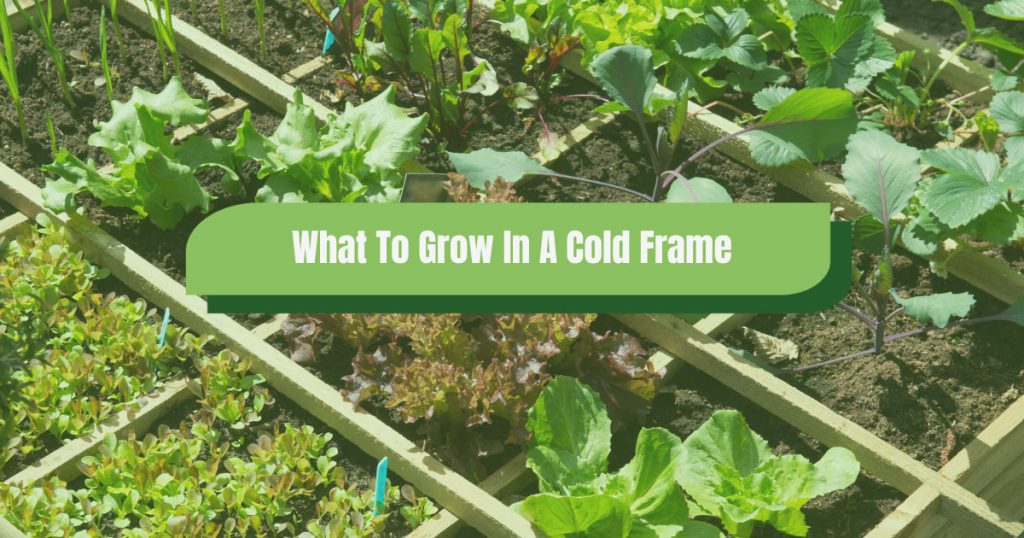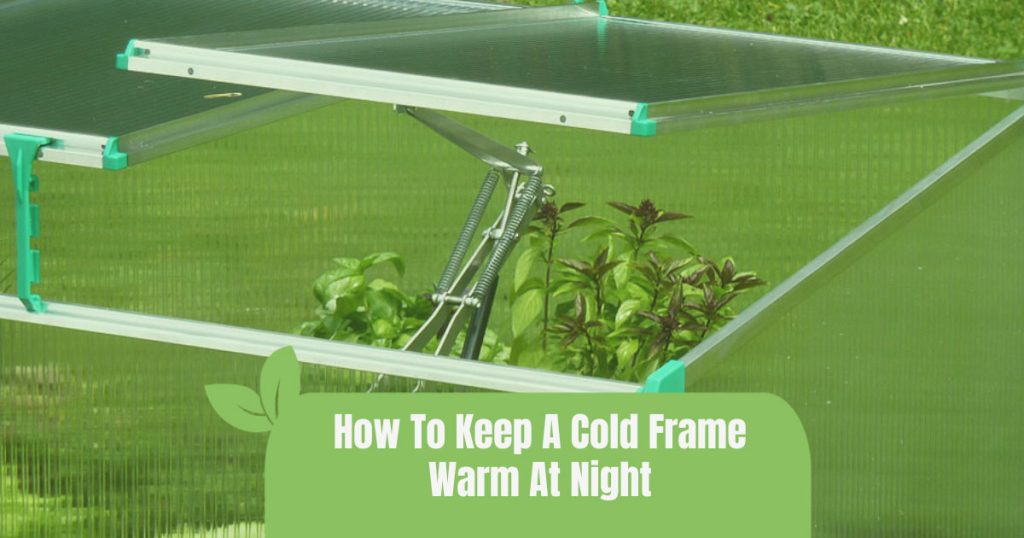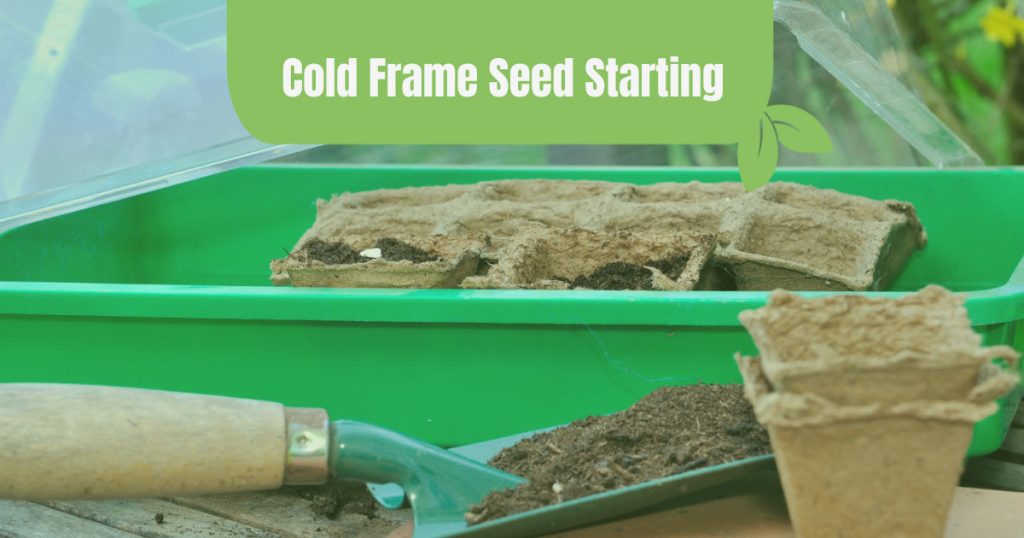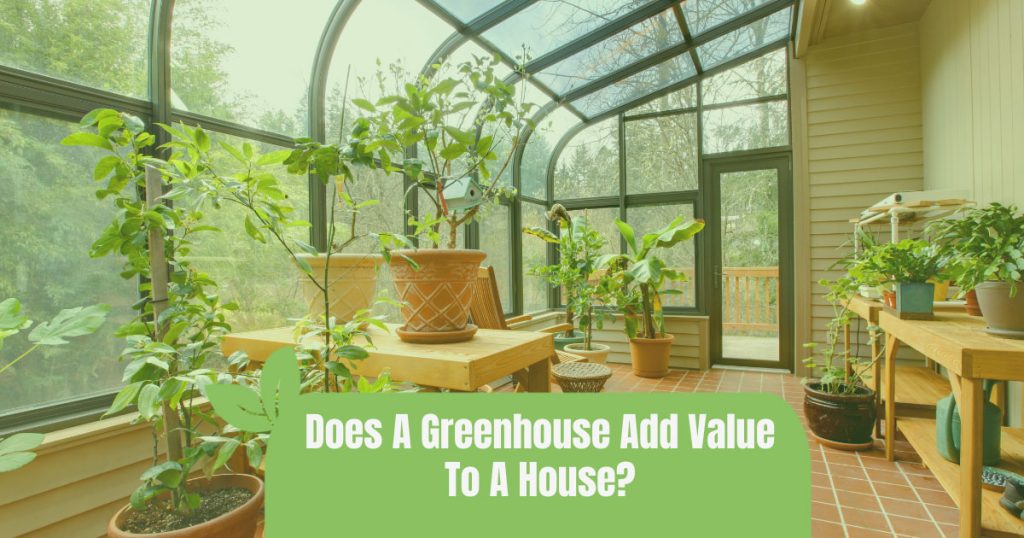



Whether it is for a barbecue or for dinner, corn cobs are always a great side dish. If you want to grow your own sweet corn in your greenhouse, you need some more space, nutritious soil, plenty of water, and lots of light. The benefit of growing in a greenhouse is that you can harvest sweet corn year-round.
What is the difference between sweet corn and other maize varieties?
Sweet corn or pole corn is the variety of maize that contains considerably higher sugar content. Field corn varieties are harvested when attaining the dent stage (dry and mature). It contains more starch than sweet corn because of the longer maturation. Sweet corn, on the other hand, is ready when it attains the milk stage because it is meant to be consumed as a vegetable and not a grain.
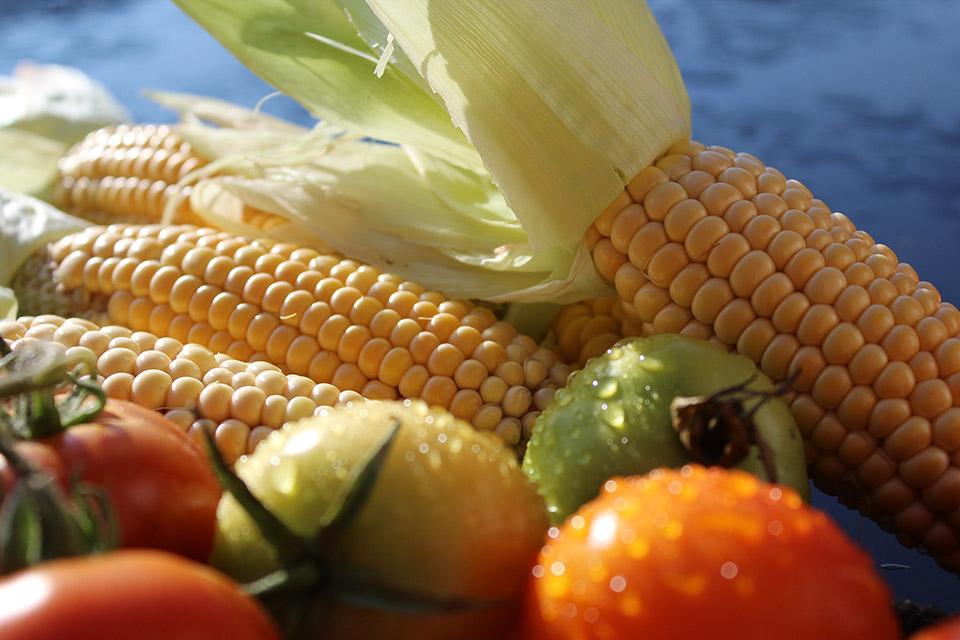
Quick overview of growing sweet corn in a greenhouse
- Type: Warm-season crop
- Time from seed to harvest: 60-100 days
- Germination temp: 60-95°F
- Time until first emergence: 7-10 days
- Best temp to grow: 60-80°F
- Height: 8 1/2 ft
- Spread: 2-3 ft
- Grow from seed: 2 in deep; 4 to 6 in apart in rows that are separated by a distance of 30-36 in
- Companions: Beans, marigolds, nasturtiums, alyssum, yarrow, and spinach
- Keep away from: Pumpkins, cantaloupes, watermelons, tomatoes, and sunflowers
What are the important factors to grow sweet corn in a greenhouse?
Sweet corn needs a lot of conditions to grow perfectly. This includes a nutritious, mature soil, as well as plenty of sunlight and pollination.
Soil requirements
Sweet corn thrives in well-drained, moist, and nutritious soil. The ideal soil is sandy loam because it stays moist without necessarily being too wet. The best practice is to start using compost or aged manure weeks or even months before sowing sweet corn seeds. The soil pH level should range from 5.8 to 6.8.
Want to make your own compost? Check out our composters and guide!
Watering requirement
Sweet corn requires adequate water especially during planting and just after germination. Overall, apply about an inch of water every fortnight to keep the soil moist.
Lighting requirements
Sweet corn requires full sunlight. If you grow sweet corn in a greenhouse instead of outside, you have to make sure that the plants are getting sufficient sunlight. Pick the sunniest side in your greenhouse or use grow lights if the lighting is a problem.

Pollination requirements
Sweet corn needs wind pollination to thrive. Therefore, you need great ventilation in your greenhouse. You at least need a good amount of vents. You can also use ventilators to ensure better ventilation (click here to see our greenhouse ventilation). If you don’t have this, a mechanical pollinator like the VegiBee (click here to learn more) helps you to manually pollinate sweet corn plants.
Space requirements
Sweet corn takes up a lot of space in your greenhouse. If you want to grow sweet corn in your greenhouse you should ensure enough room. We don’t recommend growing these plants in a small greenhouse. You most likely want to grow other plants as well, so make sure you section and plan your greenhouse space accordingly. If you don’t have a greenhouse yet, check out our large greenhouses. Some already come with ventilators like the MONT Mojave Edition. The Riga Greenhouse is also a great option because it offers optimal ventilation with plenty of roof vents and the barn-style doors on both gables.
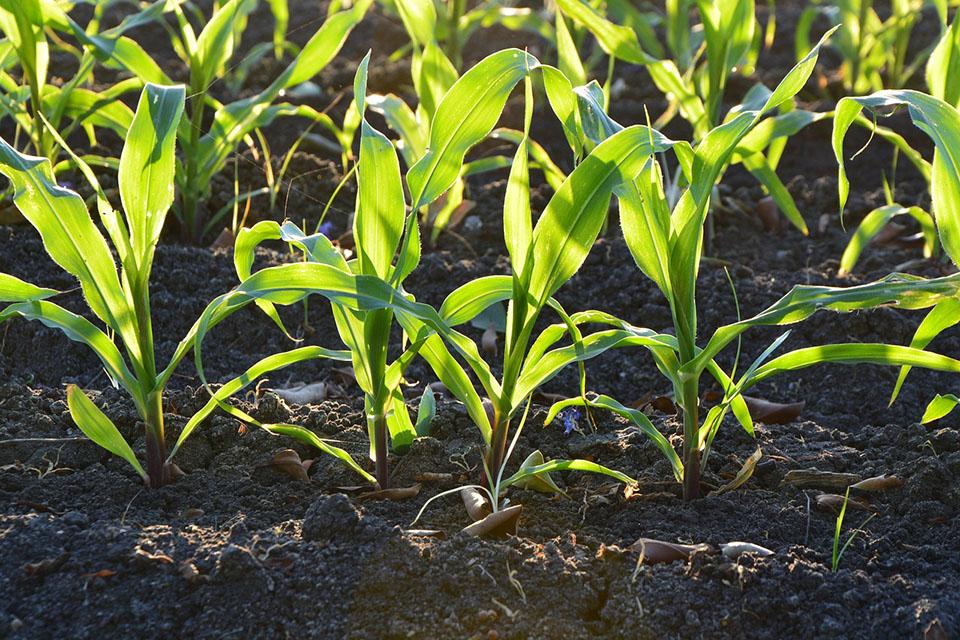
How to plant sweet corn in a greenhouse
- As mentioned above, sweet corn is wind-pollinated. So you should plant them in blocks, not rows.
- The soil should be at least 60°F (some varieties like 65°F) to ensure germination.
- The recommended spacing is 4 to 6 inches apart in rows that are separated by a distance of 30-36 inches. Seeds should be sowed about 2 inches deep.
- Water adequately (especially until germination) and ensure the soil is rich and well-drained.
- When the crop attains a height of two feet, add nitrogen fertilizer and mulch around the root to protect the roots and minimize water loss.
Harvesting sweet corn
Sweet corn is ready to harvest about 12 to 18 weeks after planting. Ensure the kernels are full and milky. Harvest by pulling and twisting the ears downwards so the cob falls off the stalk.
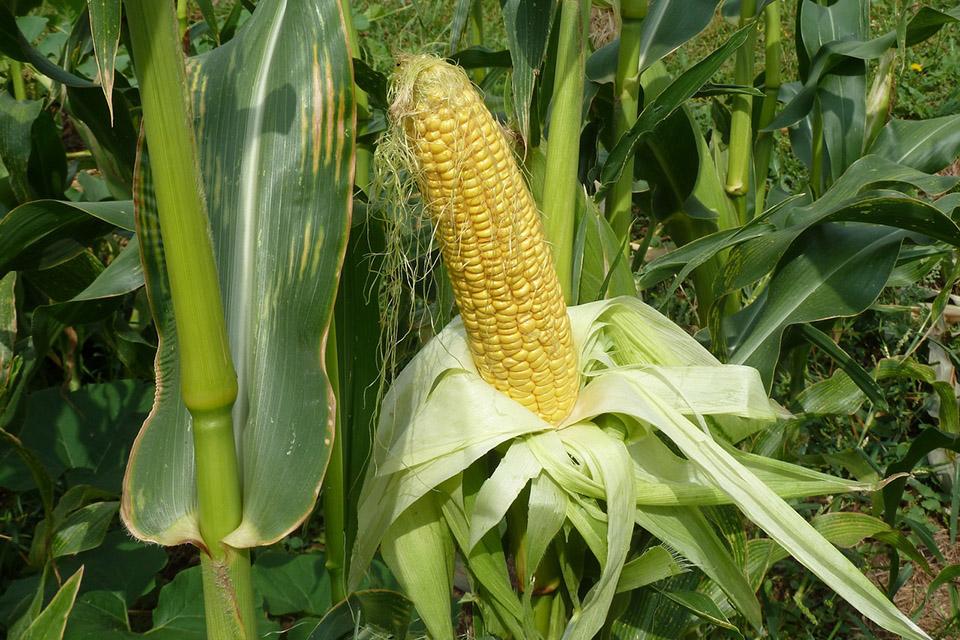
Common problems
- Soil is not well-drained, moist, and nutritious enough
- Wind pollination didn’t work
- Garden pests: Raccoons, flea beetles, cutworms, and spotted cucumber beetles
Benefits of growing sweet corn in a greenhouse
- You don’t have problems with birds picking your sweet corn seeds and ears
- Pest control: You may have fewer problems with raccoons, flea beetles, etc.
- Faster growth because of more (sun)light
- Extended growing season: You may be able to grow sweet corn more than once per year
- No GMO corn on your dinner plate because you pick the seeds
- No pesticides in your corn, unless YOU use them



